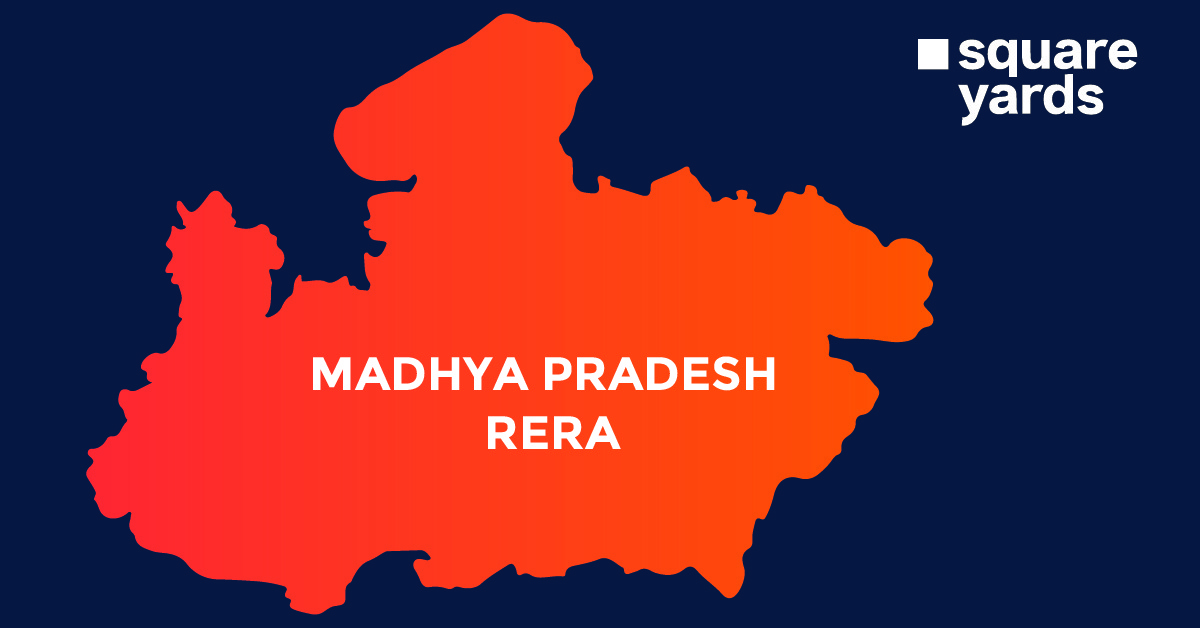Compound interest is the interest applied on a loan or a deposit made with any financial institution. It is one of the most popularly used interest rates across financial institutions.
If you have ever observed your bank statements, you would’ve noticed that some interest is credited to your bank account every year. This variable interest amount that changes every year, keeping the principal amount the same, is known as compound interest.
In this blog, we will discuss what compound interest is, formula, and real-life applications. Let’s start with the definition of compound interest.
Compound Interest Definition
Compound interest is the interest applied on the principal amount and the interest accrued during the previous period. It differs from simple interest in the sense that the interest is not added to the principal amount while calculating the amount for the next period. This concept is most commonly used in the finance and banking sectors.
Compound Interest Formula
As discussed earlier, compound interest is based on the original principal amount and the interest accrued over the tenure. The compound interest formula is as given below:
A = P(1 + r/n) (nt)
In this formula,
A = Amount
P = Principal
r = rate of interest
t = time
This formula can also alternatively be represented by CI = A – P
In this formula:
- A stands for the principal amount or total amount after the compounding period.
- P stands for the original principal amount.
- r stands for the annual compounded interest rate.
- n is the number of times interest is compounded within a given time period.
- t stands for the number of years.
Compound Interest Calculation Table
In the table below, we have considered the initial principal amount to be Rs. 10,000, which was borrowed at 5% per annum for a period of 10 years. Now, let’s see how the interest gets compounded over time:
| Year | Interest Calculated | Interest Accrued | End Balance |
| Year 1 | Rs.10,000 x 5% | Rs.500 | Rs.10,500 |
| Year 2 | Rs.10,500 x 5% | Rs.525 | Rs.11,025 |
| Year 3 | Rs.11,025 x 5% | Rs.551.25 | Rs.11,576.25 |
| Year 4 | Rs.11,576.25 x 5% | Rs.578.81 | Rs.12,155.06 |
| Year 5 | Rs.12,155.06 x 5% | Rs.607.75 | Rs.12,762.82 |
| Year 6 | Rs.12,762.82 x 5% | Rs.638.14 | Rs.13,400.96 |
| Year 7 | Rs.13,400.96 x 5% | Rs.670.05 | Rs.14,071 |
| Year 8 | Rs.14,071 x 5% | Rs.703.55 | Rs.14,774.55 |
| Year 9 | Rs.14,774.55 x 5% | Rs.738.73 | Rs.15,513.28 |
| Year 10 | Rs.15,513.28 x 5% | Rs.775.66 | Rs.16,288.95 |
How to Calculate Compound Interest
Let’s look at an example to understand the process of calculating compound interest.
How to Calculate Compound Interest Half-Yearly
Example: What is the total repayment amount for a loan of Rs. 12,000 at a rate of 10% compound interest for 1.5 years?
In this situation, we can calculate the total due amount in two different ways. In the first method, the values can be directly substituted in the formula. In the second method, compound interest is calculated by splitting the given time into equal periods.
There are 3 halves in 1.5 years. Therefore, compounding will be done 3 times.
Rate of interest = half of 10%
= 5%
A = P(1 + r/n) (nt)
= 12,000 x (1 + 5/100) (3)
= 12,000 x 21/20 x 21/20 x 21/20
= Rs. 13,891.50
Read Also Simple Interest vs. Compound Interest & Formula
How to Calculate on a Quarterly Basis
In the second method, compounding will be done three times. The compounding period has been divided into 6 months each. At the end of every period, the principal amount will be carried forward to the subsequent period.
For the first 6 months, the principal amount will be Rs. 12,000. For the two consecutive six months, the interest will be carried forward. Check out the calculation below to understand how it is compounded for the next two consecutive periods.
Time = 6 months
Rate = 10%
I = 12,000 x 10 x 0.5/100 = Rs. 600
A = P + I
= 12,000 + 600
= Rs. 12,600
Thus, 12,600 will be the principal amount for the next 6 months.
I = 12,600 x 10 x 0.5/100 = Rs. 630
Principal for the third period = 12,600 + 630 = Rs. 13,230
I = 13,230 x 10 x 0.5/100 = Rs. 661.50
A = P + I
= Rs. 13,230 + 661.50
= Rs. 13,891.50
So, the principal amount for the final six months is Rs. 13,891.50.
Final Thoughts
Albert Einstein deems compound interest to be the eighth wonder of the world. Although there is no way of knowing whether he actually said it or not, compound interest is surely a potent finance tool. It is easy to build wealth when you know the mechanisms of compound interest working for you. Its functionalities can work in your favour if you are earning it and not the one paying it.
FAQ’s about Compound Interest
Q1. How do I calculate compound interest without formula?
Compound interest can be calculated without using formula using the principal amount plus interest from the previous period. The interest accrued in each period is added to the principal amount which increases the principal amount in each period.
Q2. Which of the banks offer compound interest on long term FD?
Some of the banks that offer compound interest on their fixed deposit schemes are IndusInd Bank, RBL Bank, DCB Bank, and Bandhan Bank.
Q3. What Are Compound Interest Investments?
Compound interest investments are bank linked or money-market linked assets that generate compound interest over time. This is basically a process in which the asset’s earnings are reinvested to generate more income.
































